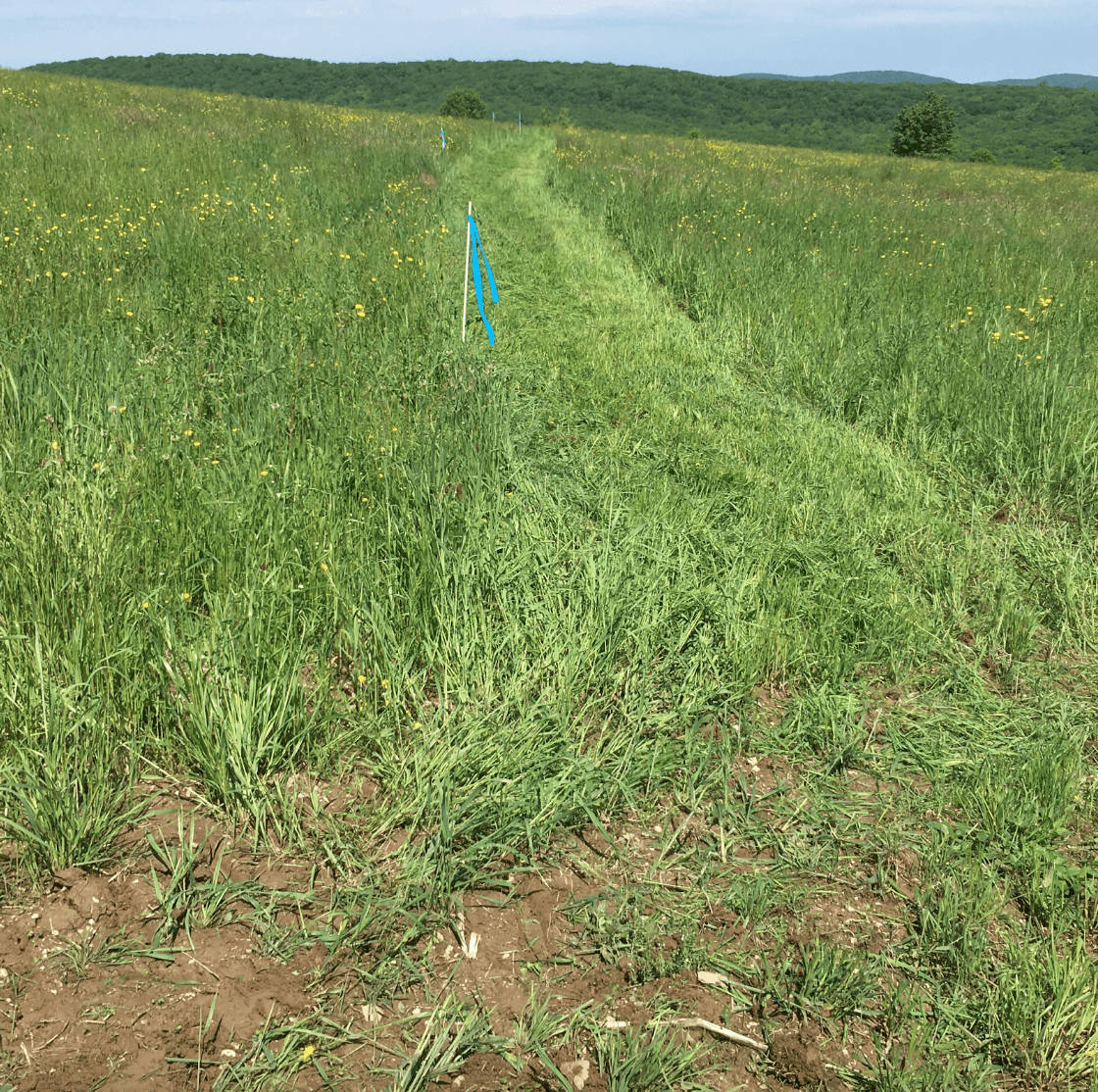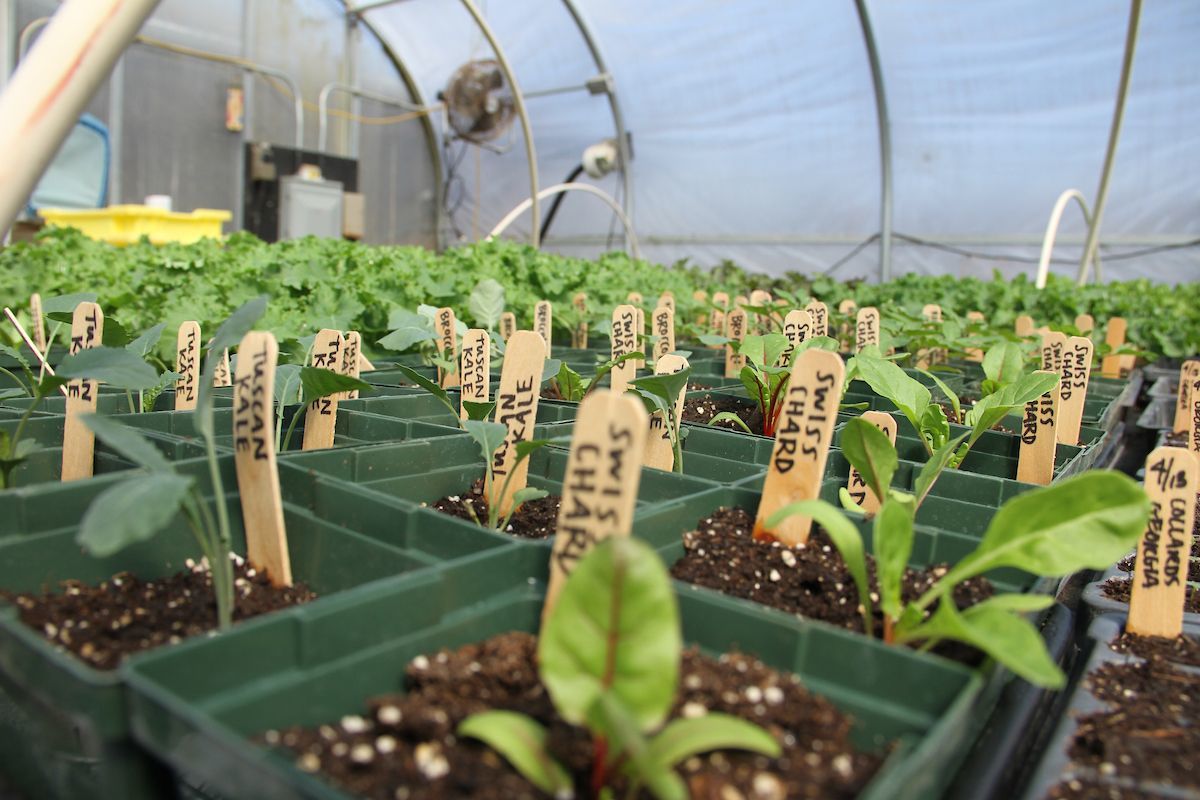
Growing high quality crops and livestock no matter the weather has been a goal of farmers since the earliest days of agriculture. Although farming traditions in the Hudson Valley offer valuable risk management strategies specific to the region and developed over centuries, the growing disruptions caused by climate change go far beyond the challenges faced by previous generations of farmers. This means that today’s farmers need new management tools—tools that past generations did not need—to be successful.
When the National Weather Service issued a flood watch on July 8, Glynwood’s farm team began to prepare in earnest for the heavy rainfall expected the next day. Livestock were moved into pastures with protection from prevailing winds. Vegetable production houses were closed up and secured. Livestock shelters, fencing, water and feed were made ready to ride out the approaching storm. Now all the farm team could do was hope for the best.
The rain arrived the following afternoon in a slow moving storm that caused catastrophic flooding throughout the lower Hudson Valley. Torrential downpours brought 4 to 9 inches of rain to parts of our region in just the first three hours of the storm and heavy rain continued to come in waves over the next 12 hours.
At first light the next day, we were grateful for how well the farm weathered the storm. Although there was some damage in our vegetable fields, the farm was in good condition. We had hoped for the best, but we also know that hope is not a plan. Our ability to weather this historic storm was a combination of good luck, the layout of our farm, and our work over the last few years to cultivate the climate resilience of our operations.
It was simply good luck that the worst of the catastrophic rain bomb associated with this storm missed our farm. Our on-farm weather station recorded two bursts of rainfall—4.3 inches between 3 and 9 p.m., and another 2.5 inches between midnight and 4 a.m. Had the center of the storm been just a few miles west and north, we might have been met with a very different picture the following day.
Our farm is located in an upland position in the Hudson Highlands, which greatly reduces the risk of flooding in our fields and pastures; however, farming the sloping fields of our hilly land increases the risk of surface water running downhill during heavy rainfalls. In addition, the soils on our farm are highly erodible, meaning that they are naturally more susceptible to being picked up by surface water runoff, and our sloping topography makes it even more likely that our valuable topsoil will be carried downhill in a heavy rainfall.
This is especially true for our vegetable operation, which must use tillage to meet production goals, but we have also noticed more soil erosion in our pastures in recent years. Other weather-related challenges at our farm include more frequent and intense drought, more high temperatures and heatwaves, more damaging winds, and more long periods of wet weather.
As part of the farm team’s adaptive whole farm planning process, we used a simple five step process to make a regenerative climate resilience plan for Glynwood’s farm. We learned through this work that making a relatively simple and low-cost change to our tillage pattern might help to reduce surface water runoff in both our vegetable fields and pastures. This change reduces the risk of soil erosion during a heavy rainfall by using the crop rows to spread out and slow down surface water so that it can soak into our soils, rather than runoff.
Keeping our soils in place and slowing runoff during heavy rains has the additional benefits of storing more water on our farm (in soil and groundwater), keeping regional water supplies clean, and reducing flooding downstream of the farm—a win-win for our farm and the region we call home.
As we walked the farm that morning after the storm, we were surprised to see how well this small change in planting pattern seemed to work. Although there were a few areas of soil erosion in our production fields, the damage was minimal compared to the damages caused by past storms. Encouraged by the performance of our farm during this summer’s unprecedented weather, we will continue to use adaptive whole farm planning to improve the resilience of our farm and the communities that we serve.
Image: The renovation of Middle Field pasture gave the farm team an opportunity to try changing the orientation of crop rows to reduce surface water runoff in heavy rains. We shifted from planting in straight rows across this area to planting in curved rows that are oriented about 1% off the natural contours of the field. The blue flagging tape and mown area in this image clearly show this shift to the new planting pattern. This relatively small change in planting pattern protected Middle Field from damage during the unprecedented weather in early July.

